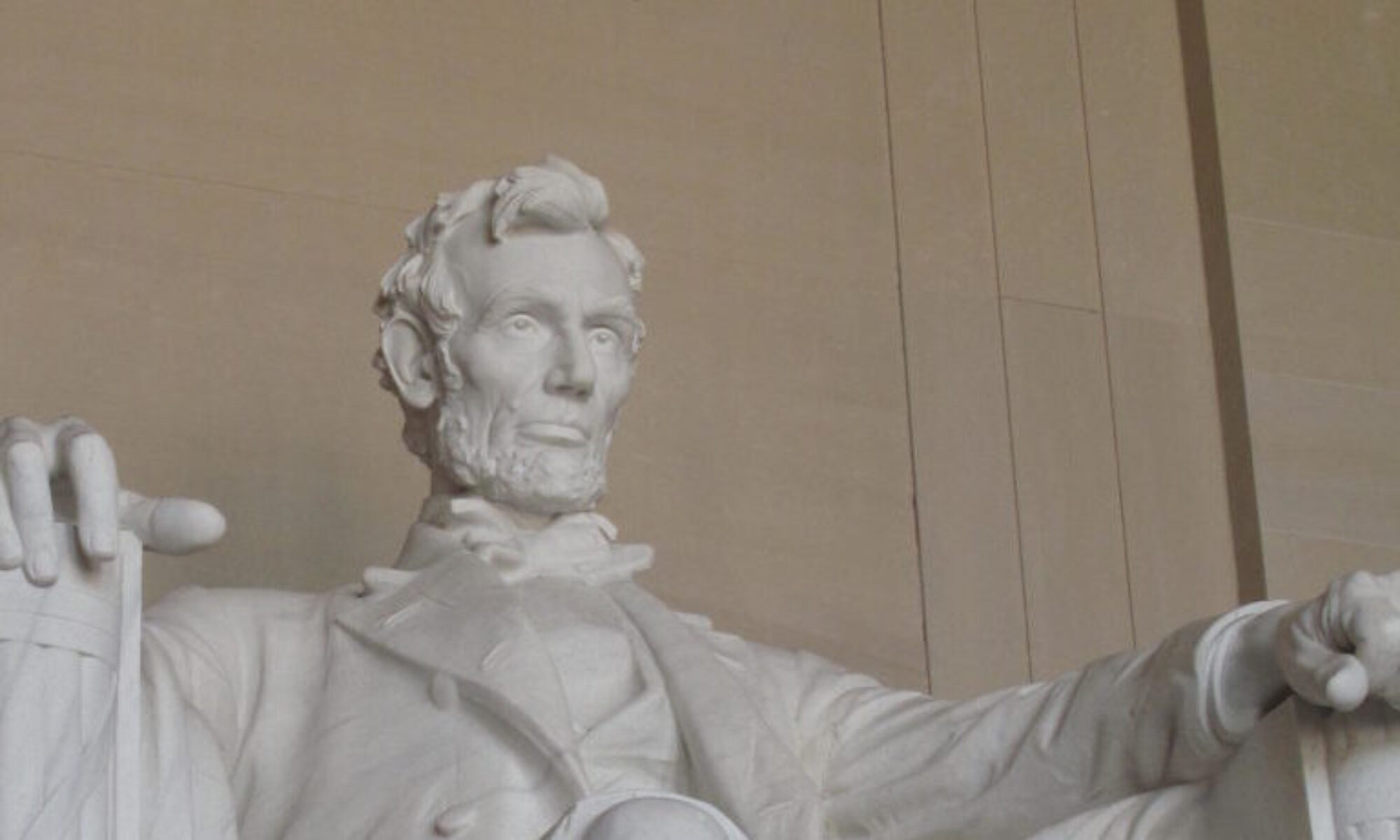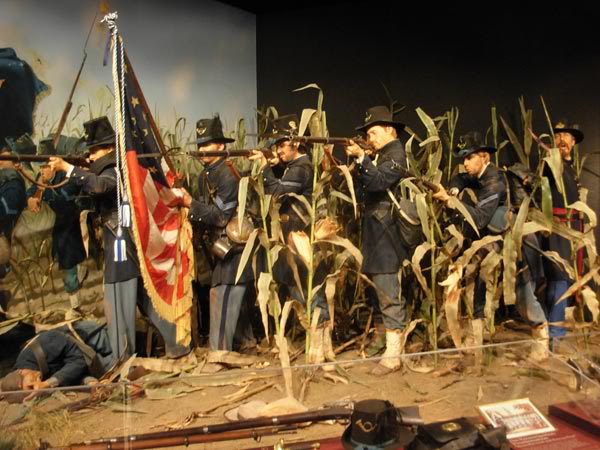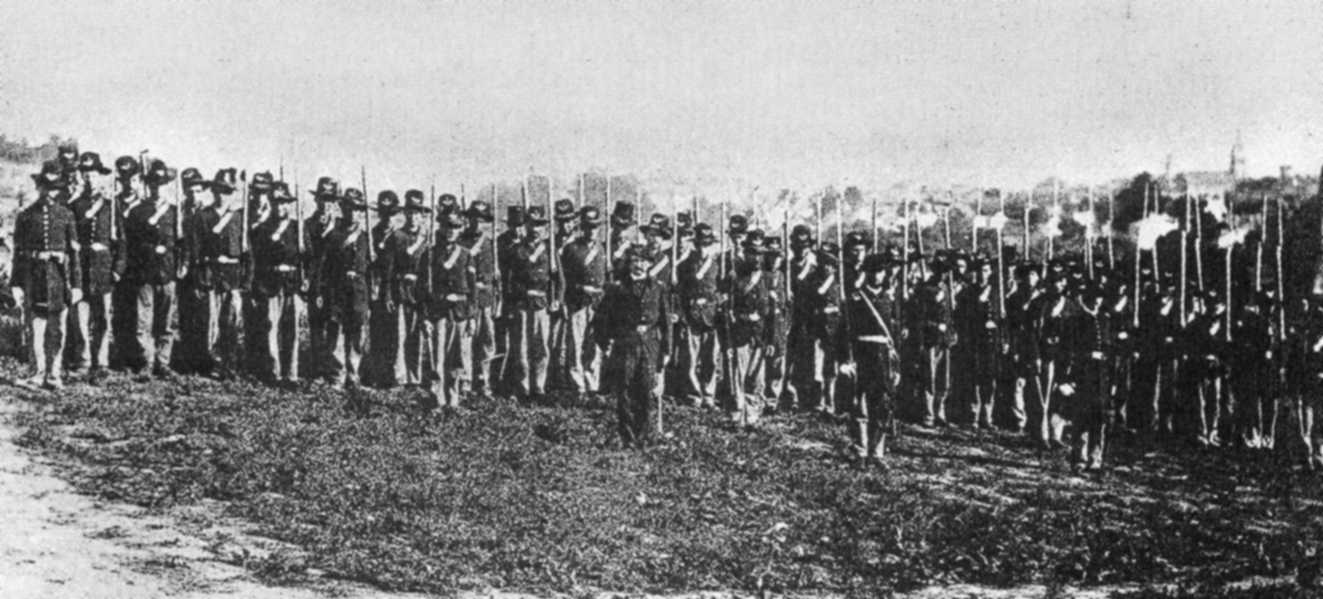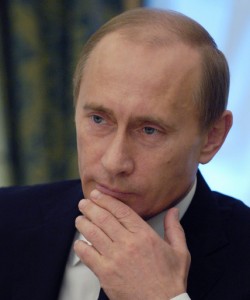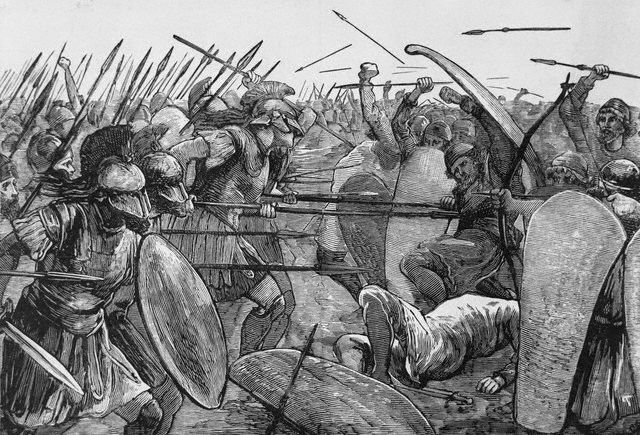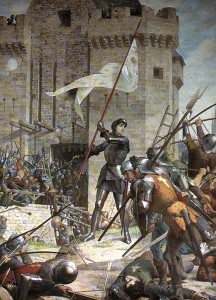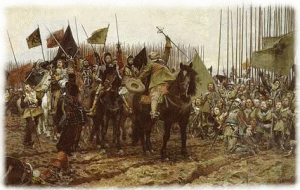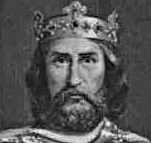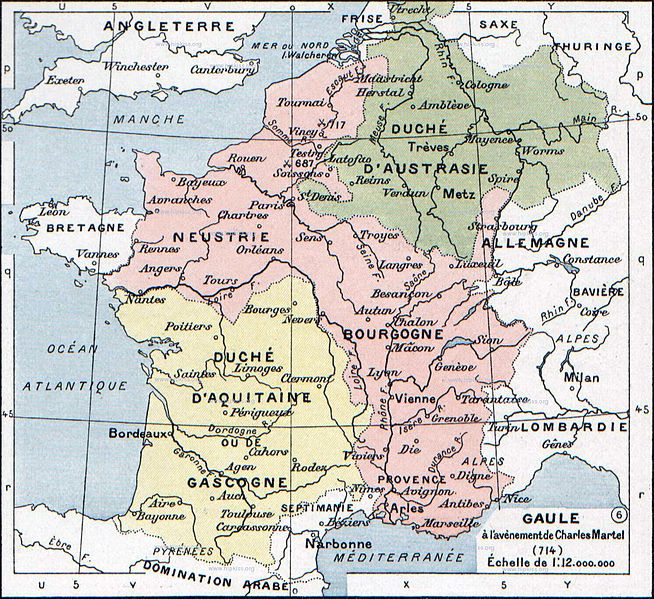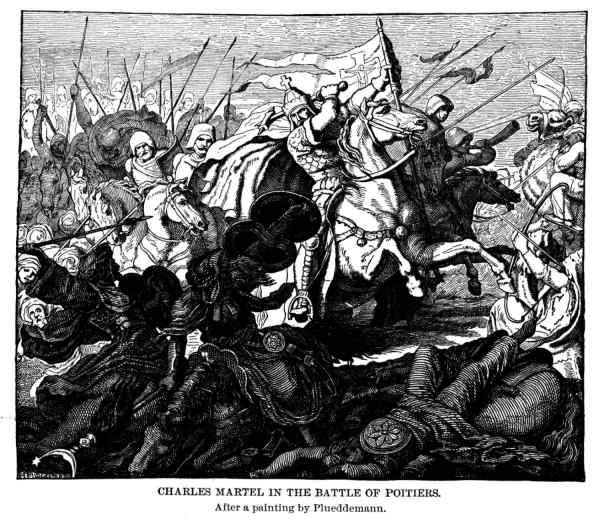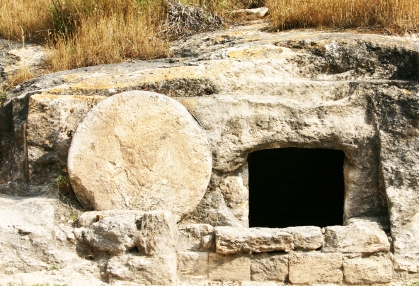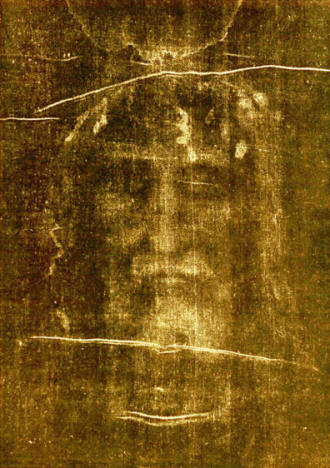The Pacific Ocean covers 64 million square miles, almost a third of the earth’ s total surface area, and is larger than all the land masses combined. The modern tools of satellites, global positioning, and jet flight have made it seem conquerable, but it was not so long ago, when it was the gigantic blanket of mystery from which brief stunning events based only on courage, instinctual reckoning, and luck were brought forth from its fathomless impenetrability. The first was the Sunday morning surprise attack on Pearl Harbor by the Imperial Japanese Navy on December 7th, 1941, achieving a devastating blow to the American Pacific Fleet through a coordinated complex plan delivered over thousands of miles of ocean to ruthless perfection. The second occurred 69 years ago today on June 4th, when on the tiny atoll of Midway in the northern Pacific, a more spectacular, random, incredible triumph that spun the destiny of World War II on its heels occurred in only six fateful minutes. The tremendous tidal surges of history that comprised the twentieth century were focused in a black hole like compression of time and place and from the other end of that brief interval was fashioned an alternate universe.
The incredible story of Midway is tightly woven into prose by America’s military historian, Samuel Eliot Morison, in his book “The Two Ocean War“. Readers of the RAMPARTS will recognize Morison as the author of my favorite Christopher Columbus narrator as Morison sailed the seas about which he wrote. Similarly Morison as a Lieutenant Commander in the US Navy in War World II, functioning as a Naval historian, had intimate access to the the American naval commanders of the conflict known as Midway.
The battle of Midway was positioned to determine the winner of the Pacific War. The Japanese, having rendered the American battleships useless at Pearl Harbor, intended to do the same to the American carrier fleet, the remaining Pacific long arm left to the United States. The plan was part of the denial of any part of the Pacific to American military access at a time when re-fueling was a mainstay of diesel powered carriers. The taking of Midway and the Aleutian Islands of Alaska in the wake of America being at its weakest would lay an impenetrable “ribbon defense” across the Pacific that would make Hawaii indefensible and the west coast of America the front lines. The brilliant Japanese strategic admiral Yamamoto saw this as the means of taking America out of the Pacific war and Japan in the position of absolute lord of the Pacific and East Asia. Recognizing the period of numbers superiority he was living in in the post-Pearl Harbor world, he intended to bring overwhelming force to bear to assure success. He brought forward Japan’s four finest aircraft carriers and 158 other ships of war, and placed the forward spear in the hands of his most trusted Admiral Nagumo, the veteran of the Pearl Harbor victory. His American counterpart, Admiral Chester Nimitz, could scrounge up only 76 ships, of which a third were tired up in the secondary threat to Alaska and unavailable. Even more devastating to Nimitz was that he had available for defense at most 2 carriers, the Hornet and the Enterprise, as the Yorktown had been severely damaged in the sea batttle of the Coral Sea only a few weeks earlier and was heading for Pearl for repairs. Pitching a perfect battle would be insufficient as the strike capacity of four carriers would easily overwhelm those of two and the American fleet would be a ghost. Only one possible outcome offered even the slightest whisper of success, if by some miracle, Nimitz could achieve the surprise at Midway, that Yamamoto achieved at Pearl.
The miracle was the eccentric team of code breakers located at Pearl Harbor lead by Naval Commander Joseph Rochefort intercepting Japanese radio traffic and splicing together sufficient information gleaned from intercepts to suggest that the time was early June and the main strike target Midway. The identifiable information of the intercepts was barely 10% of the total volume – imagine gleaning the meaning of a paragraph where only one word out of ten of a sentence is deciphered. Nimitz had little choice but to take a chance on the intelligence information and try to achieve surprise, or simply sit back and assure annihilation. That he was not about to do. He put together carrier strike force headed by Rear Admiral Raymond Spruance, an unlikely substitute for his usuall lead, the ill Admiral Halsey, who suggested the non-aviator Spruance for the job, a sacrilege, as carriers were felt to be able to be managed effectively only by those with flight-deck experience. His warrior wingman would be Rear Admiral Fletcher of the Yorktown, the carrier achieving 90 days of repairs in 48 hours at Pearl, and immediately setting sail for Midway.
Nimitz took the spotty information regarding Japanese intentions and ran with it. In a moment of brilliance he positioned his two carriers northeast of Midway, out of reach of Nagumo’s search planes and therefore blind to him at a time before satellites, while Nimitz could try to search for Nagumo’s fleet approaching from the southeast from planes taking off from Midway. The surprise would have to be pulled off, yet Nimitz had no illusions about the Japanese superiority in numbers and quality of equipment and hoped only to at least bloody their nose.
On the early morning of June 4th, 1942, the awesome Japanese attack force unraveled a blistering attack on Midway Island. Over a hundred planes were involved in the first wave designed to eliminate the Midway airfields preventing an air defense from the threatening the invasion force as they closed in for the kill. As destiny began to unravel, Midway aviators put up enough of a fight to prevent demolition of the runway and the returning air squadron recommended another wave. Nagumo assuming the threat was land based only, began to arm his reserve air squadron positioned to defend against any sea based attack into a force with bombs instead of torpedoes appropriate for the second wave. He was in the midst of rearming when he was stunned with the report from one of his search planes that a ten ship strike force with carrier had been spotted, which was the lagging Yorktown coming from Pearl Harbor. Nagumo took fifteen fateful minutes to discern what this new information might mean, and decided to reverse the order for the second wave, and rather launch the squadron rearmed with torpedoes in search of the carrier. Fate struck a fateful chime; as the rearming process was re-initiated an American air squadron discovered the Japanese in the open ocean, and attempted a suicidal charge into the teeth of the Japanese defenses. 44 dive bombers and fighters flew in; 36 to their immediate deaths, and no hits on the Japanese ships.
At 1022 am on the morning of June 4th, 1942, Admiral Nagumo looked up and saw clear skies, a complete Japanese victory. He could now concentrate on landing his residual Midway attack force and re-arm the fighters in search of what he assumed was a single carrier. He had only 100 seconds to revel in his illusion. At 1024 am , with four carrier decks covered with rearming planes and live ammunition, and the security umbrella of protective fighters now at sea level from the recent attack of the Americans, 37 dive bombers of the USS carrier Enterprise found their four targets defenseless and positioned in a box for squadron takeoff, and screamed down from the skies with the merciless thrust of the killer shark on the unaware seal. Bomb after bomb found their target, and in five minutes the proud Akagi, Kaga, and Soryu were flaming hulks uncontrollably exploding from on deck ordinance. In six minutes, the forward spear of the mighty Imperial Navy had been decapitated, and with the crushing loss, the war itself. The fourth carrier Koryu avoided her fate only until 1700 hours when a residual feeding frenzy of American planes found her and sunk the her, the fourth carrier, as well.
Yamamoto in the space of minutes, had lost his entire carrier group, over 250 planes, most of their pilots, and 220 officers and men. The scope of the defeat in perspective was dramatically more devastating than Pearl Harbor. The Americans lost the Yorktown, but the sacrifice of several hundred brave airman, completely turned the war on its head. The final defeat for Japan in an ever diminishing ocean against an ever stronger opponent was preodained from that moment. The myth that totalitarian regimes produced men of steel while democracies produced soft self interested soldiers was forever put to rest at Midway and the eventual triumph of the free thinking individual was codified. Only four events of World War Two comfortably stand as pivotable moments upon which history turns. The three others are Stalingrad, D-Day, and the Atomic Bomb on Hiroshima. The fourth, Midway, stands alone as occurring against the most indescribeable odds, and should be remembered for what men with their backs against the wall can do, when they put their minds and free will up for ransom.
